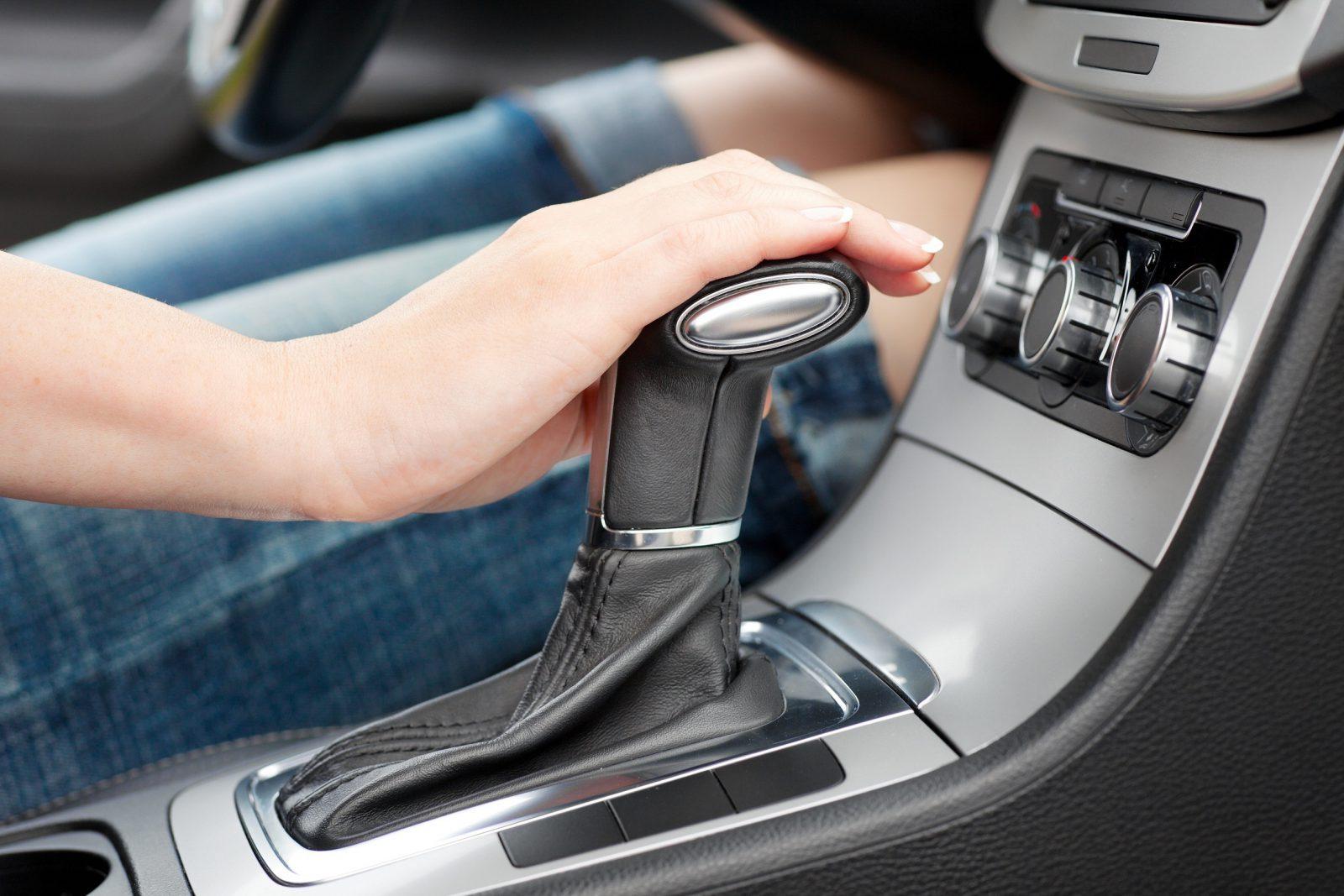Modern cars are equipped with hydraulic brakes, unlike the older cars. It is no more about the mechanical clutch but the hydraulic concept. Whenever you operate the hydraulic system, you need to bleed it to remove the air pockets. Having air in the liquid contaminates the fluid and affects its performance. Here we bring you the complete tutorial on how to bleed a clutch.
Contents
How To Bleed A Clutch: The Complete Stepwise Guide
There are two cylinders called master and slave. The clutch master cylinder works as a container for the brake fluid that connects it to the slave cylinder through the hoses. Every time you press the clutch, it makes the fluid flow from the master to the slave cylinder, and the gear-changing mechanism happens. Let’s see how to bleed the clutch:
Have the tools ready:
On how to bleed a clutch, having the tools handy makes the overall process easy and quick.
You would need the following materials:
- Brake bleeder wrench or line wrench that is about 8mm or 10mm
- Brake fluid as per the recommendation from the manufacturer
- Aquarium tubing of one to two feet
- Drain pan
- Empty water bottle
- Floor jack
- Gloves, glasses, rags, or paper towels for cleanup
- Safety jack stand x 2, Suction tool
- Hand-operated vacuum bleeder

See more:
Locate the brake master and slave cylinder
Once you have all the tools handy, it is time to find the master and slave cylinder. Open the hood and get to the driver’s side to fund the master cylinder. When you have located the master cylinder suck out the old fluid and fill it with new fluid using the turkey baster. This is helpful when you are performing routine maintenance.
When you are confused about which fluid to fill up, use your manual and get to know which fluid is recommended.
Next, it is about locating the slave cylinder that you can find on the transmission. In most vehicles, it can be found externally else checked internally. Follow the hydraulic line from the clutch master cylinder to locate the slave cylinder the easiest way.

Bleed the slave cylinder
To bleed the slave cylinder, you need to remove its valve using a line wrench. The rest would be done by gravity. You should use a container or a pan under it to catch the fluid; let it be open for two to three minutes.
Note: While bleeding the slave cylinder, keep an eye on the master cylinder. The fluid level in the master cylinder should not go too low else, it will suck up the air. Tapping on the slave cylinder will help you release any remaining air pockets.
Get to the slave cylinder and access the bleeder nipple. Close the bleeder valve and use the aquarium tubing to the bleeder nipple. Place the end of this tubing in an empty bottle and top off the master cylinder with brake fluid.
Now you need to pump the clutch pedal, and for this, you can take the help of a friend. Tell him to pump the clutch pedal 10 to 15 times, and after that, tell them to hold the clutch pedal completely down.
While the clutch pedal is still down, it is time to open the bleeder using the line wrench. This would make the fluid exit the slave cylinder. Close the bleeder valve when you see no more air bubbles in the fluid; release the clutch pedal as well. You would need to have another person as this operation can’t be done alone.
Watch more:
The final step
Finally, it is time to test the clutch once the slave cylinder has been bled. Start your car and test the clutch to verify its functioning. If you use the floor jack to raise the vehicle for the bleeding process, you can lower the vehicle before testing the clutch.
Note: You should not release the clutch pedal while the bleeder is still open, or else the air will suck into the system.
If you feel the clutch getting stuck or any unusual behavior that was not there previously, it is recommended to have a professional check. Also, if the pedal seems to be on the floor even after you have released it, there is nothing to be worried about. Just tap it a few times, and it should be working fine.
If the problem does not feel to be solved, let the mechanic determine what has gone wrong with the clutch system and get it repaired. Though, in most cases, the mentioned steps do the job, you can always rely on a certified mechanic else you can follow some maintenance tips by the experts.
Bleeding the Clutch Using the Hand-Operated Vacuum Pump
If you are about to use a hand-operated vacuum pump for the bleeding process, then here are the steps.
Get to the slave cylinder and by using the line wrench open the bleeder valve
When you do not have another person to do the job, and you have decided to use the vacuum pump, attach the pump to the slave cylinder.
Use the vacuum pump and open the bladder to suck out the air bubbles from the slave cylinder. Also, do keep an eye on the fluid level while sucking out the air.
When the air bubbles stop coming, you can close the bleeder valve.
At last, you can test the clutch as everything should be working now. If it doesn’t work, take your car to a professional, as mentioned above.

Conclusion
In case you are confused with a vacuum pump, you can always make use of the manual and have your doubts clear on the usage. So, this was the complete process of how to bleed a clutch with the help of a friend and by using the vacuum pump. Do as it suits you and get the air bubbles out of the system.



